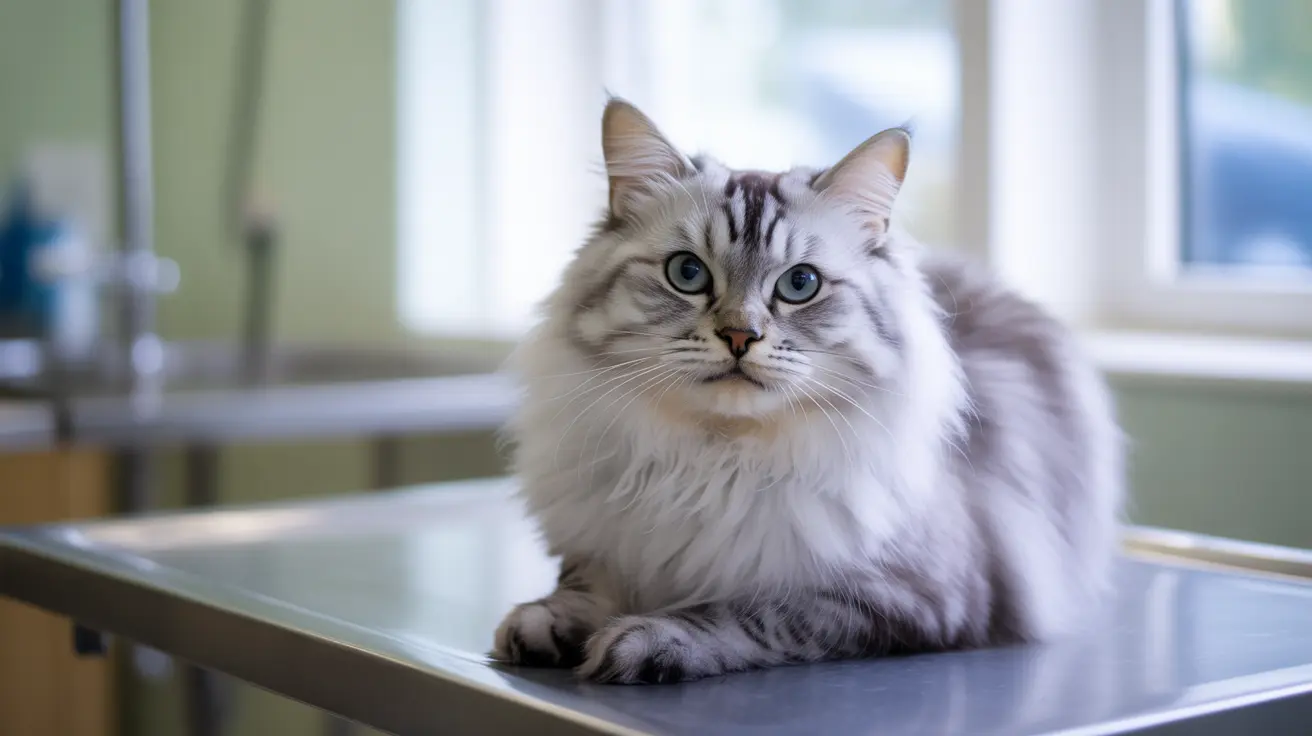What Is Cat Ear Tipping and Why Is It Done?
Ear tipping is a surgical procedure where approximately 1/4 inch of a cat's ear tip (usually the left) is removed while the cat is under general anesthesia during spay or neuter surgery. This creates a distinct visual marker that can be seen from a distance, indicating that a cat has been sterilized and vaccinated as part of a TNR program.
The procedure serves as a universal symbol in community cat management, preventing unnecessary recapture and repeated surgeries. This efficient identification system has become the global standard for marking sterilized free-roaming cats.
The Surgical Process: How Ear Tipping Is Performed
Veterinarians perform ear tipping as a sterile surgical procedure while cats are already anesthetized for spaying or neutering. The process is quick, precise, and includes these steps:
- Clean and sterilize the ear area
- Use surgical instruments to remove the tip cleanly
- Apply styptic powder to control bleeding
- Monitor the cat during recovery
The entire procedure typically takes just a few minutes and requires no additional anesthesia beyond what's needed for the spay/neuter surgery.
Benefits and Importance in TNR Programs
The practice of ear tipping provides several crucial benefits for both cats and caregivers:
- Immediate visual identification of sterilized cats
- Prevention of unnecessary repeat surgeries
- Efficient colony management and monitoring
- Cost-effective population control
- Reduced stress on cats from repeated trapping attempts
Addressing Welfare Concerns
The question "Is ear tipping cruel?" reflects a natural concern for animal welfare. However, veterinary experts emphasize that when performed properly, ear tipping is both humane and beneficial. Cats experience no long-term pain or complications, and the procedure doesn't affect their hearing, balance, or quality of life.
Studies have shown that ear-tipped cats maintain normal behavior patterns and social interactions. The brief discomfort during healing is far outweighed by the benefits of avoiding future captures and surgeries.
Frequently Asked Questions
Is ear tipping a cruel procedure for cats or is it humane when done properly?
Ear tipping is humane when performed by veterinary professionals under anesthesia. The procedure causes minimal discomfort and prevents future stress from unnecessary recapture.
Why is cat ear tipping done and how does it help with community cat population control?
Ear tipping provides an immediate visual marker of sterilized cats, enabling efficient TNR program management and preventing duplicate surgeries. This helps control cat populations humanely and effectively.
How is the ear tipping procedure performed and does it cause pain or long-term issues for cats?
The procedure is performed under general anesthesia by veterinarians during spay/neuter surgery. Cats feel no pain during the procedure and experience minimal discomfort during healing, with no long-term issues.
Can ear tipping affect a cat's ability to hear or communicate with other cats?
No, ear tipping does not affect a cat's hearing or ability to communicate. The small portion removed doesn't impact the ear's function or the cat's social interactions.
What should I do if I see a cat with a tipped ear in my neighborhood?
A tipped ear indicates the cat has been sterilized and vaccinated through a TNR program. Unless the cat appears injured or ill, it likely doesn't need additional intervention.
Understanding ear tipping as a compassionate and necessary practice helps support broader community cat welfare efforts. While the appearance might initially seem concerning, this simple procedure plays a vital role in humane population control and has helped countless communities manage their cat populations effectively and humanely.






